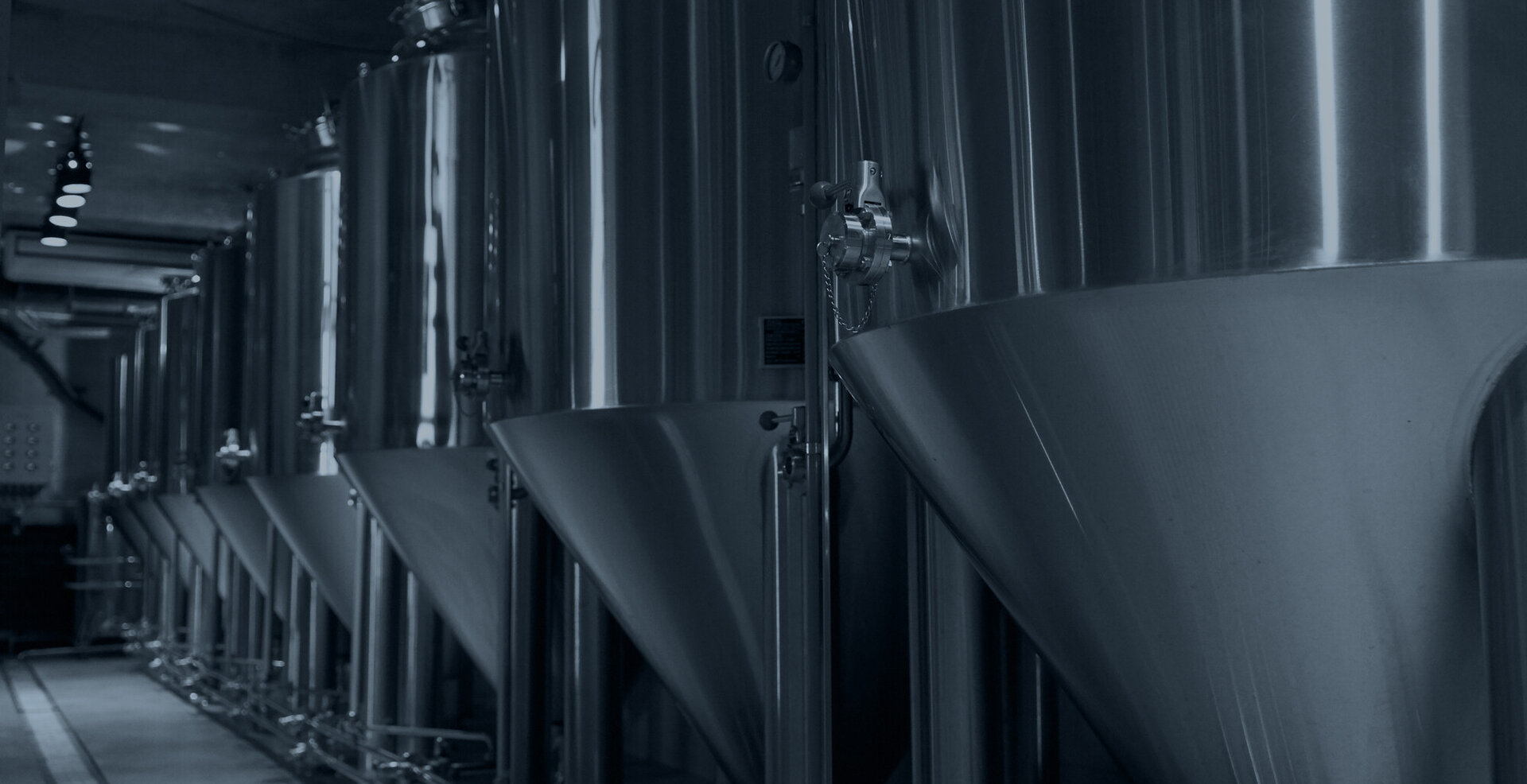Recently we noticed a comment on our Instagram page (if you haven’t already, come and follow us for our latest project updates and pics!) that said I bet a lot of people don’t really know what’s involved in tank manufacturing. So we put our thinking and writing caps on and thought why not let’s tell them what’s involved so you can get a comprehensive overview of what our amazing team at Brisbane Tank Manufacturing do.
Here we go ….Steel tank manufacturing involves several steps and processes to create storage tanks made from steel. These tanks are used for various purposes, including storing liquids, gases, and other substances. The specific details of the manufacturing process can vary depending on the type, size, and intended use of the tank, but here are the general steps involved:
Design and Engineering: The first step in steel tank manufacturing is designing the tank to meet the specific requirements of the customer or industry standards. This includes determining the tank's capacity, dimensions, and shape. We have a great team who all participate in the initial meetings so at the very beginning we’re gathering crucial information from our much valued customers.Our engineers calculate factors such as the tank's pressure and weight-bearing capacity to ensure it will be safe and functional.
Material Selection: Steel tanks are typically made from carbon steel or stainless steel, depending on the intended use and the properties required. The choice of steel material is crucial to ensure corrosion resistance and durability.
As you can imagine, some of the final destinations for the tanks we manufacture have extremely harsh weather conditions and they’re remote so it’s vital we make sure the right material is selected and passes stringent quality control for peak performance
Plate Rolling: The selected steel plates are rolled to the required thickness and shape using heavy-duty rollers or a plate rolling machine.The rolled plates are cut into the necessary sections, which will be welded together to form the tank's shell.
Welding: The sections of steel plates are welded together to create the tank's shell. Welding is a critical step, and it must be done by skilled welders to ensure the tank's integrity. We have a highly skilled team of welders at Brisbane Tank Manufacturing who have the qualifications and the skills we rely on to do a top jobVarious welding techniques, such as MIG (Metal Inert Gas) or TIG (Tungsten Inert Gas), may be used, depending on the type of steel and tank design.
Quality Control and Testing:Quality control measures are implemented throughout the manufacturing process to ensure the tank's structural integrity and safety.Non-destructive testing methods, such as ultrasonic testing or radiography, may be used to detect any defects or weld imperfections.
Surface Treatment:The tank's exterior and interior surfaces are prepared and treated to prevent corrosion. This often includes sandblasting, priming, and applying a protective coating.
Accessories and Fittings:Various accessories and fittings, such as manholes, nozzles, flanges, and valves, are installed on the tank based on the customer's requirements.
Final Assembly:The tank is assembled with all its components and accessories, and the necessary connections are made. This is the exciting part; well at least one of the most exciting parts; seeing the tanks come together.
Inspection and Testing: The completed tank undergoes thorough inspection and testing, including pressure testing, to ensure it meets safety and quality standards.
Transport and Installation: Depending on the tank's size and application, it may be transported to the installation site in sections or as a whole.
We’ve successfully moved tanks around Australia of all sizes and configurations so we know the transport and logistics top teams too. Installation involves placing the tank in its designated location, connecting it to the relevant systems, and conducting final checks and tests.
Documentation and Certification: Comprehensive documentation, including design specifications, manufacturing records, and testing reports, is provided to the customer. Tanks may also be certified to meet industry standards and regulations, depending on their use.
The specific details of steel tank manufacturing can vary based on factors such as tank size, shape, material, and purpose. Safety and quality are paramount throughout the entire process to ensure that the tank meets its intended function reliably and safely.
At Brisbane Tank Manufacturing we take great pride in what we do and it really is a labour of love. If you want to talk tanks contact us today to find out more and we’ll get down to the tank manufacturing business.



